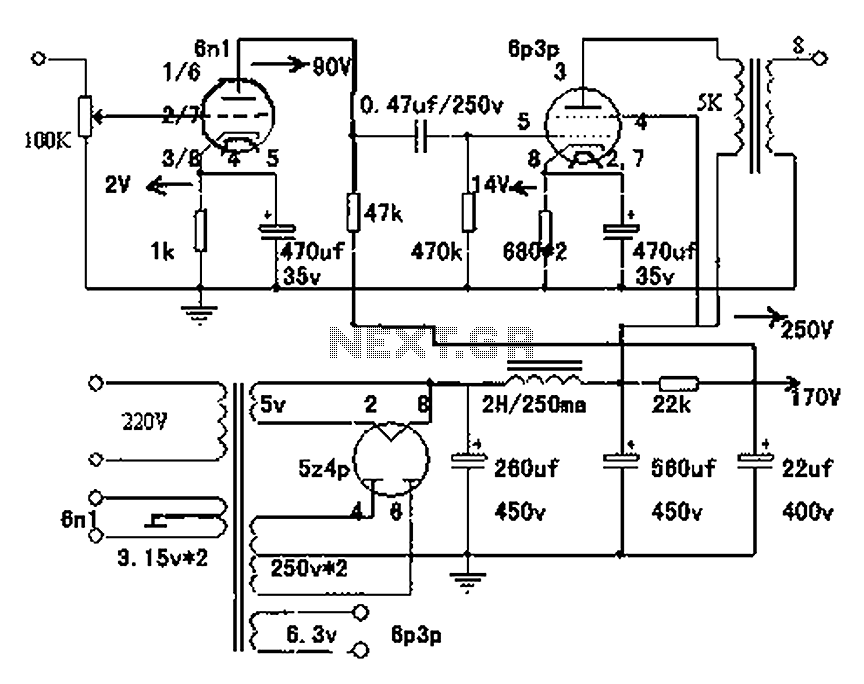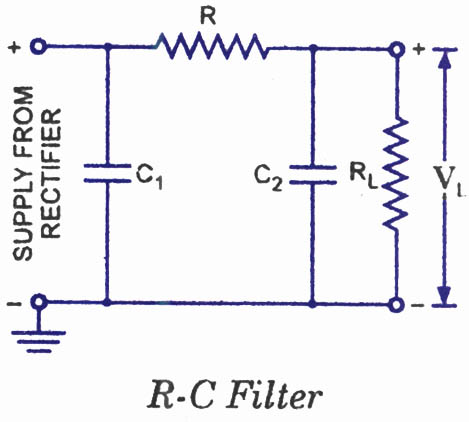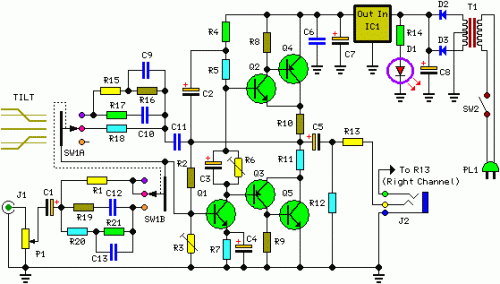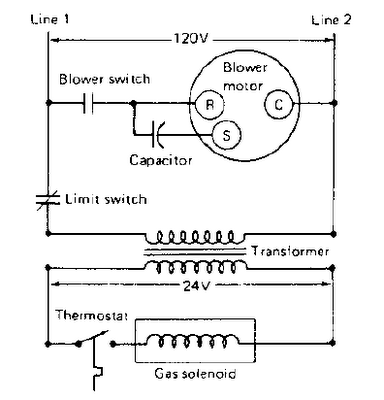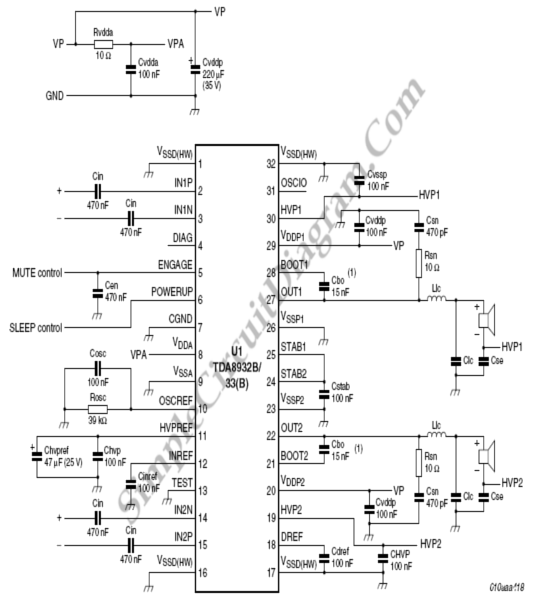
Class D Amplifiers: Fundamentals of Operation and Recent Developments
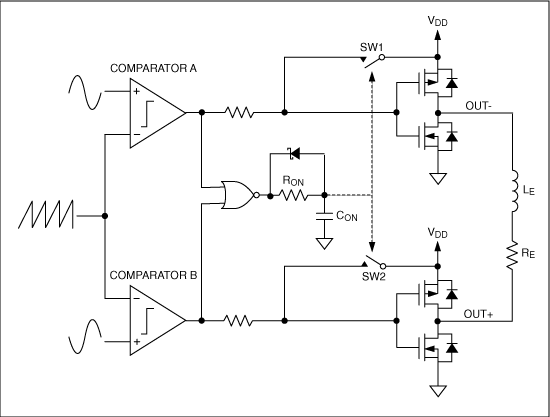
Ultra-low EMI, mono and stereo, Class D audio power amplifiers deliver Class AB performance while maintaining Class D efficiency. Maxim's spread spectrum modulation (SSM) combined with third-generation EMI reduction techniques minimizes EMI radiation by decreasing the high-frequency components of the output waveform. This application note examines Class D technology and the recent advancements implemented to simplify the design of Class D audio amplifiers.
Class D audio power amplifiers represent a significant advancement in audio amplification technology, merging the benefits of traditional Class AB amplifiers with the efficiency of Class D designs. These amplifiers are capable of delivering high-quality audio output in both mono and stereo configurations while ensuring minimal electromagnetic interference (EMI). The innovative spread spectrum modulation (SSM) employed by Maxim is a key feature that enhances performance by distributing the energy across a broader frequency range, effectively reducing the peak EMI levels.
The third-generation EMI reduction techniques implemented in these amplifiers are critical for applications where EMI can adversely affect performance. By lowering the high-frequency content of the output waveform, these techniques help to comply with stringent regulatory standards and improve overall system reliability. The design of Class D amplifiers has been further simplified through the integration of these advanced technologies, allowing for easier implementation in various audio applications.
This application note serves as a valuable resource for engineers and designers seeking to understand the intricacies of Class D audio amplifier design, highlighting the technical developments that facilitate efficient and effective audio amplification. With a focus on reducing EMI while maintaining audio fidelity, these Class D amplifiers are well-suited for a wide range of consumer and professional audio applications.Ultra-low EMI, Mono and Stereo, Class D audio power amplifiers provide Class AB performance with Class D efficiency. Maxim`s spread spectrum modulation (SSM) along with 3rd generation EMI reduction techniques reduce EMI radiation by lowering the high frequency content of the output waveform.
This Application note discusses Class D and the new technical developments employed to ease the design of Class D audio amplifiers.. 🔗 External reference
Class D audio power amplifiers represent a significant advancement in audio amplification technology, merging the benefits of traditional Class AB amplifiers with the efficiency of Class D designs. These amplifiers are capable of delivering high-quality audio output in both mono and stereo configurations while ensuring minimal electromagnetic interference (EMI). The innovative spread spectrum modulation (SSM) employed by Maxim is a key feature that enhances performance by distributing the energy across a broader frequency range, effectively reducing the peak EMI levels.
The third-generation EMI reduction techniques implemented in these amplifiers are critical for applications where EMI can adversely affect performance. By lowering the high-frequency content of the output waveform, these techniques help to comply with stringent regulatory standards and improve overall system reliability. The design of Class D amplifiers has been further simplified through the integration of these advanced technologies, allowing for easier implementation in various audio applications.
This application note serves as a valuable resource for engineers and designers seeking to understand the intricacies of Class D audio amplifier design, highlighting the technical developments that facilitate efficient and effective audio amplification. With a focus on reducing EMI while maintaining audio fidelity, these Class D amplifiers are well-suited for a wide range of consumer and professional audio applications.Ultra-low EMI, Mono and Stereo, Class D audio power amplifiers provide Class AB performance with Class D efficiency. Maxim`s spread spectrum modulation (SSM) along with 3rd generation EMI reduction techniques reduce EMI radiation by lowering the high frequency content of the output waveform.
This Application note discusses Class D and the new technical developments employed to ease the design of Class D audio amplifiers.. 🔗 External reference
